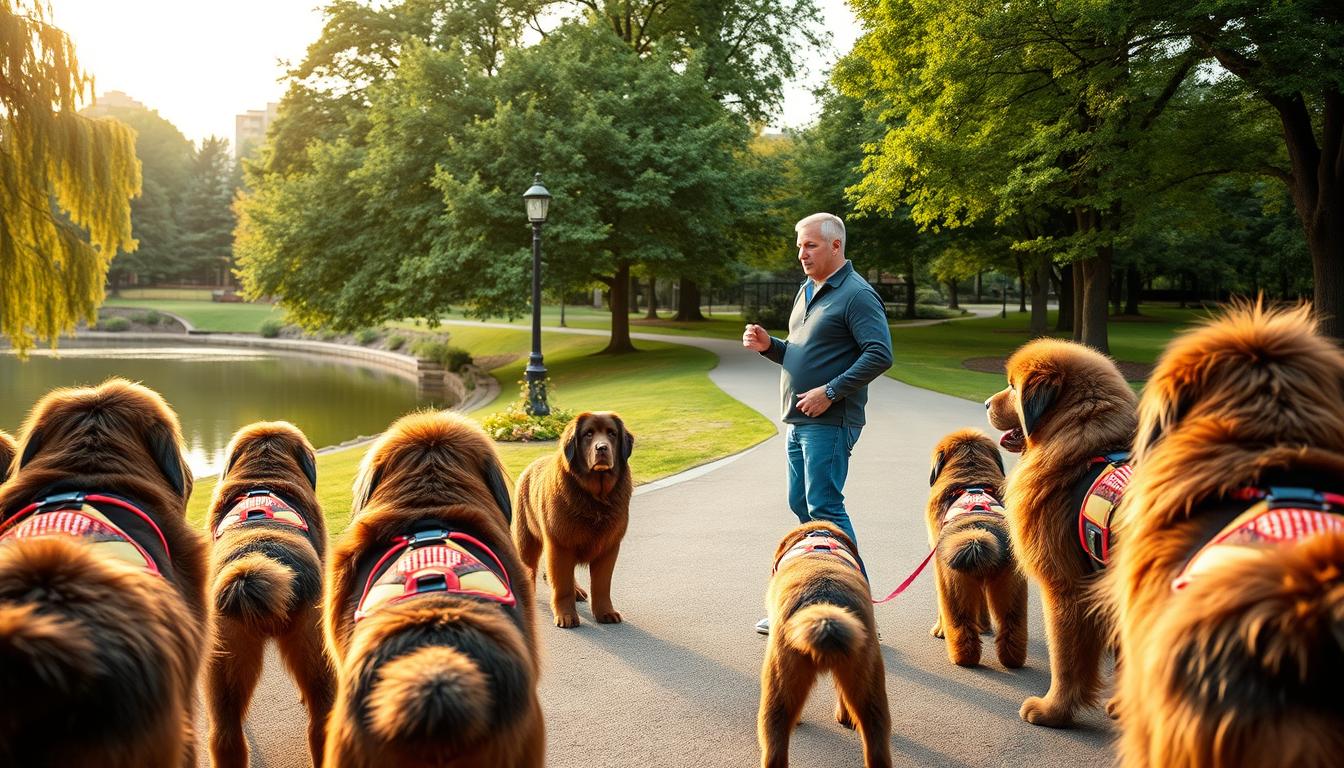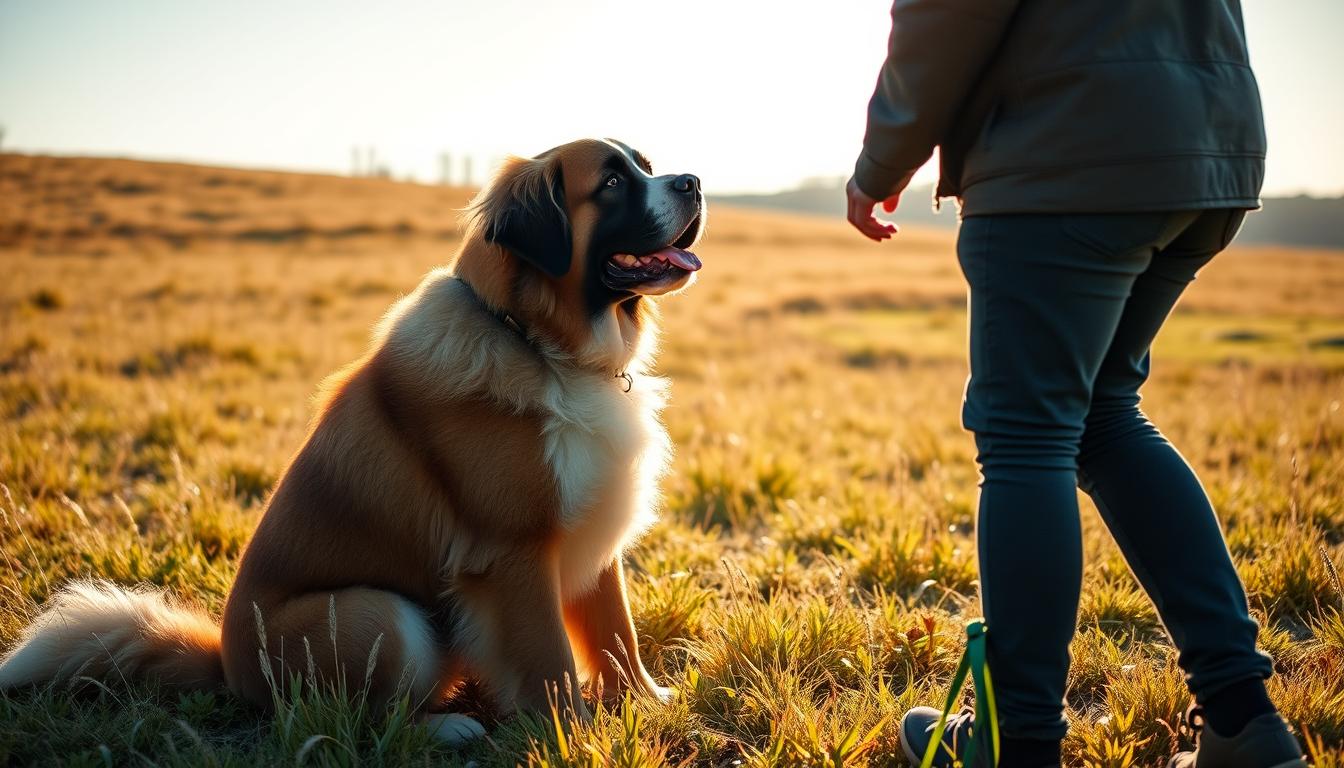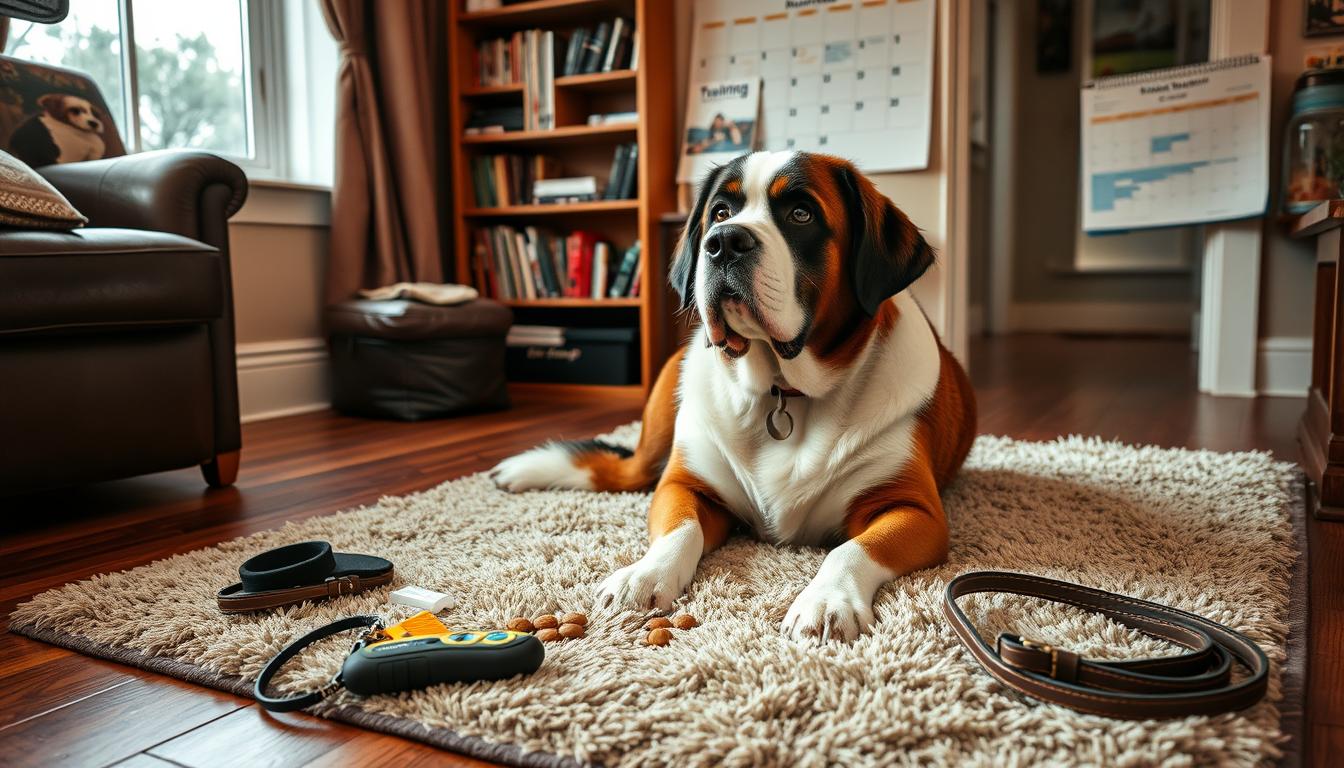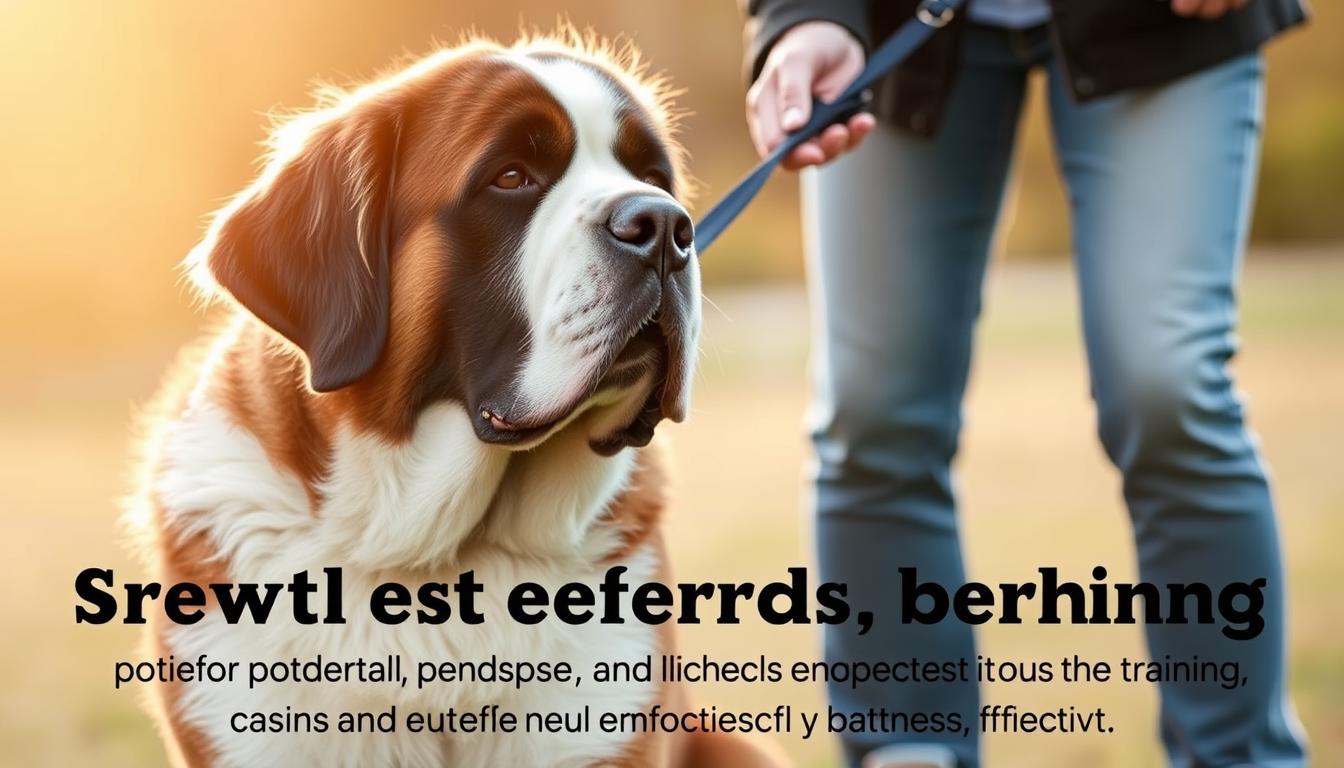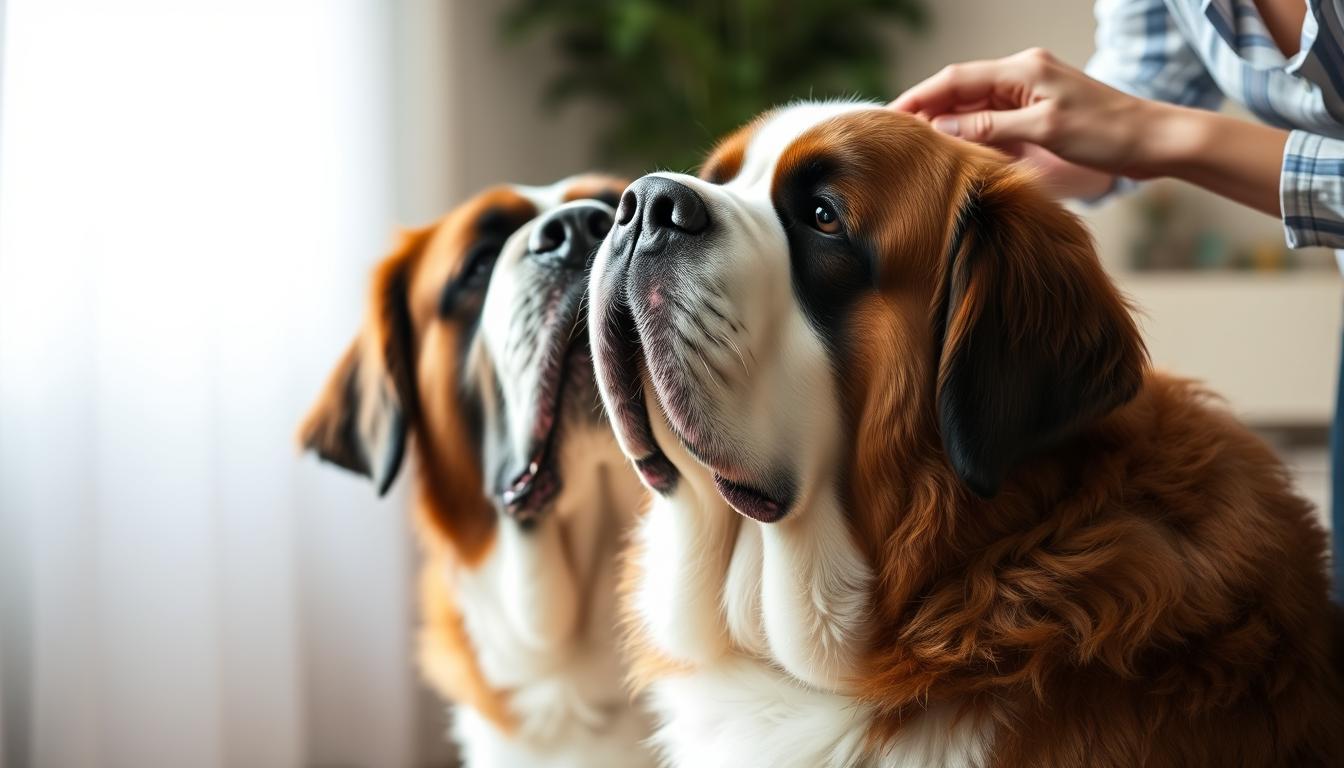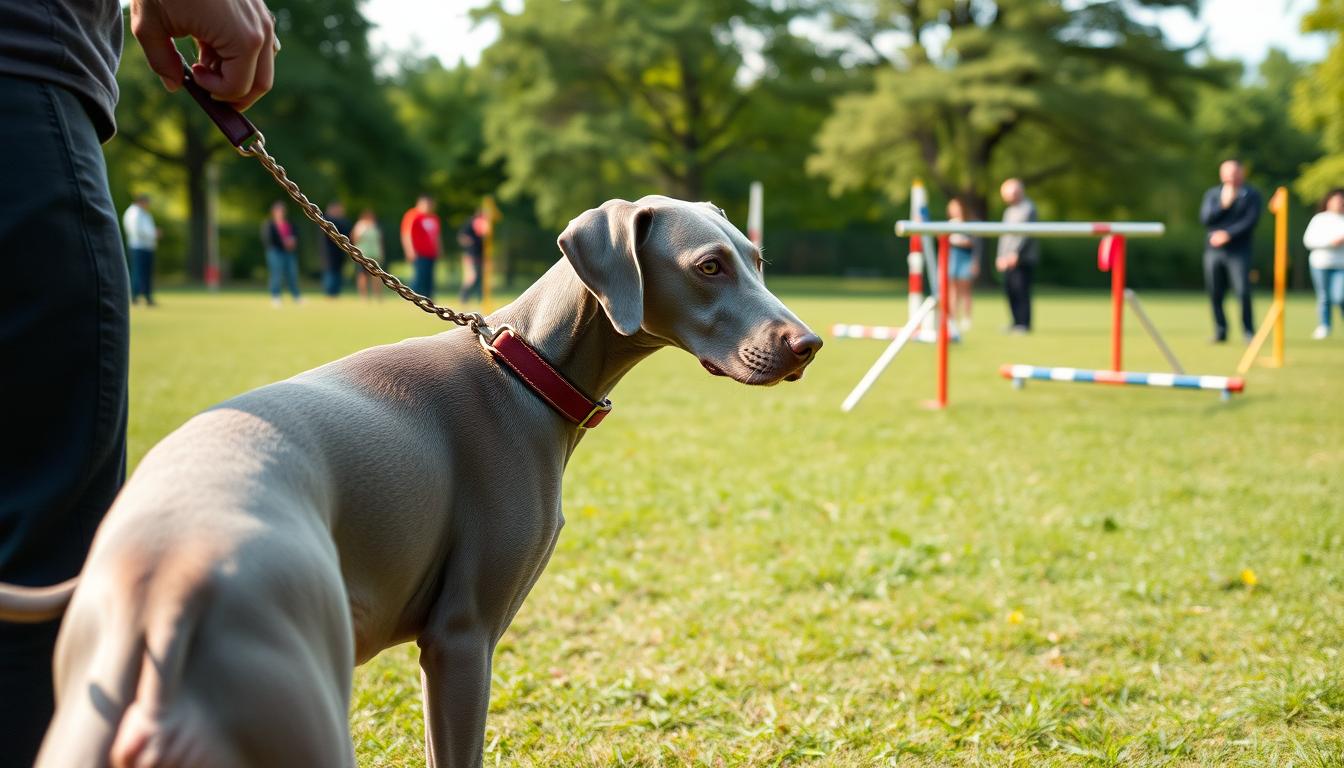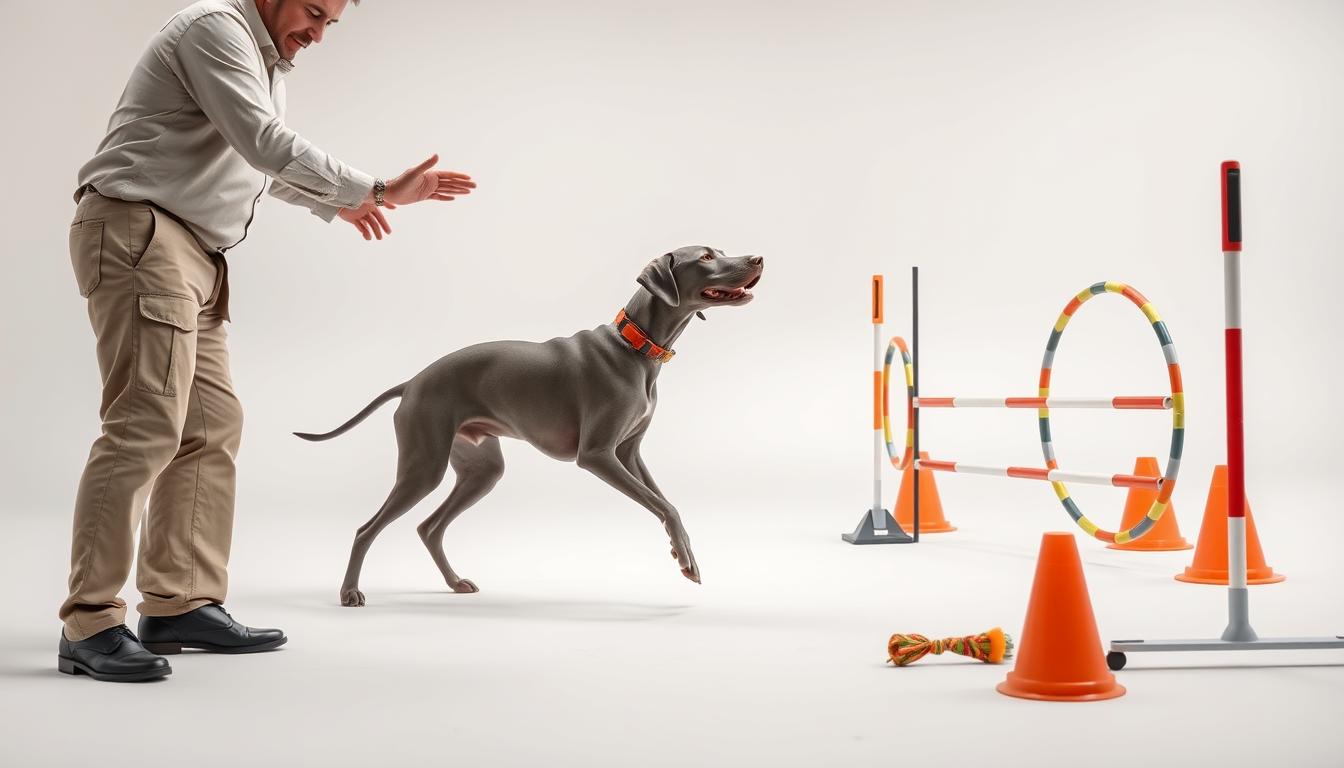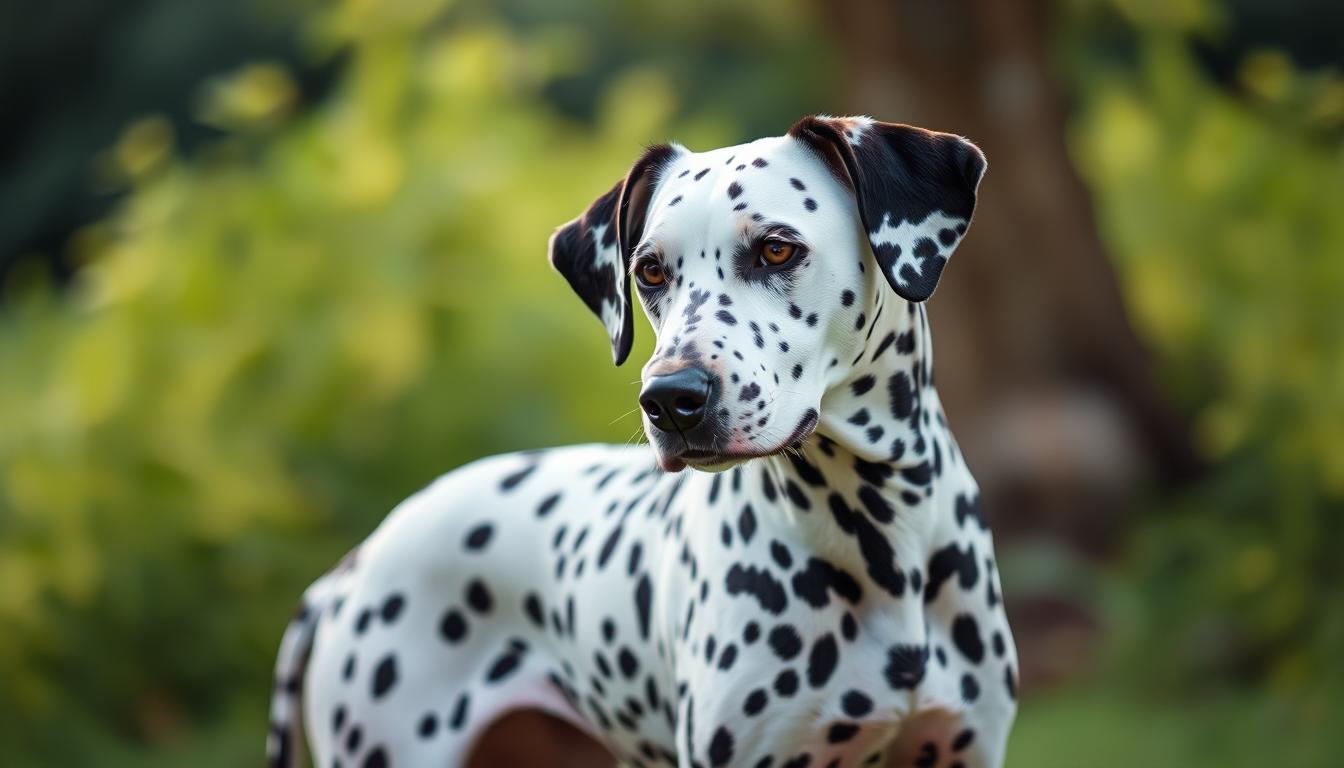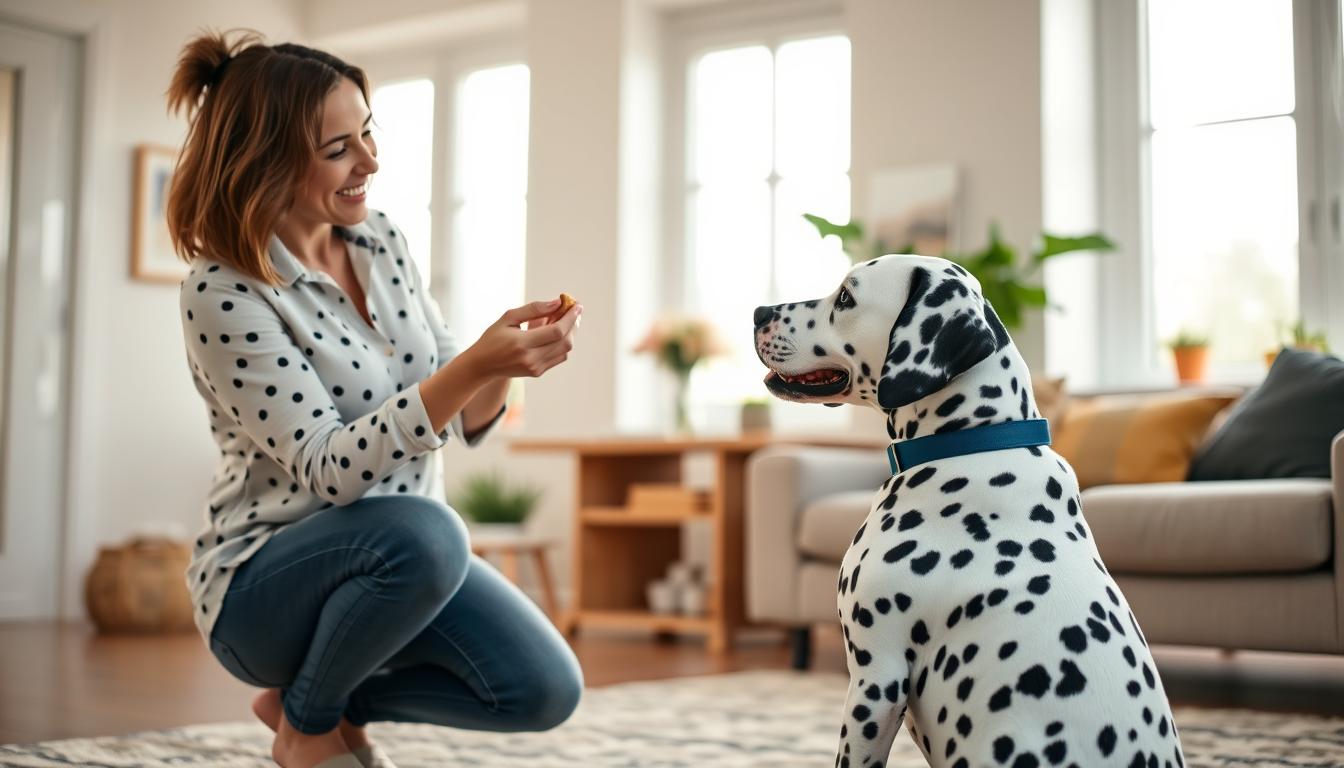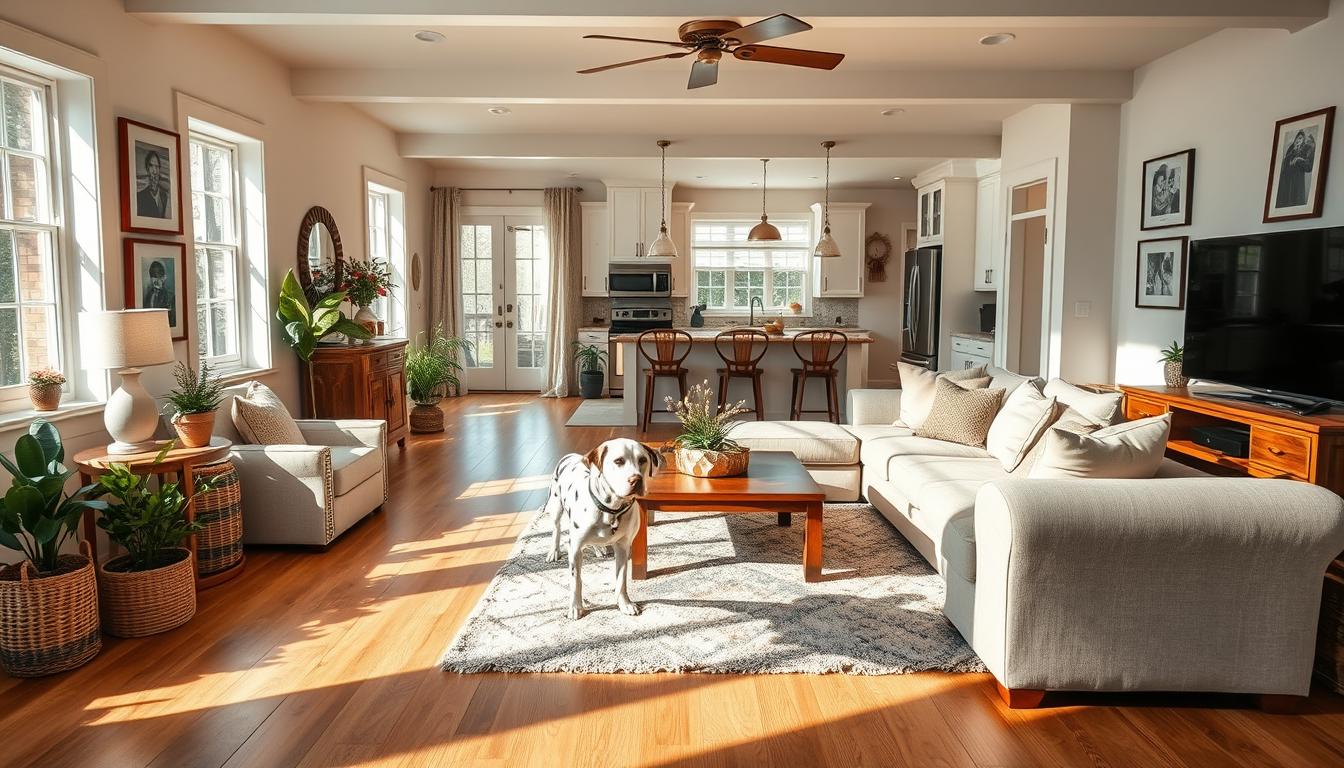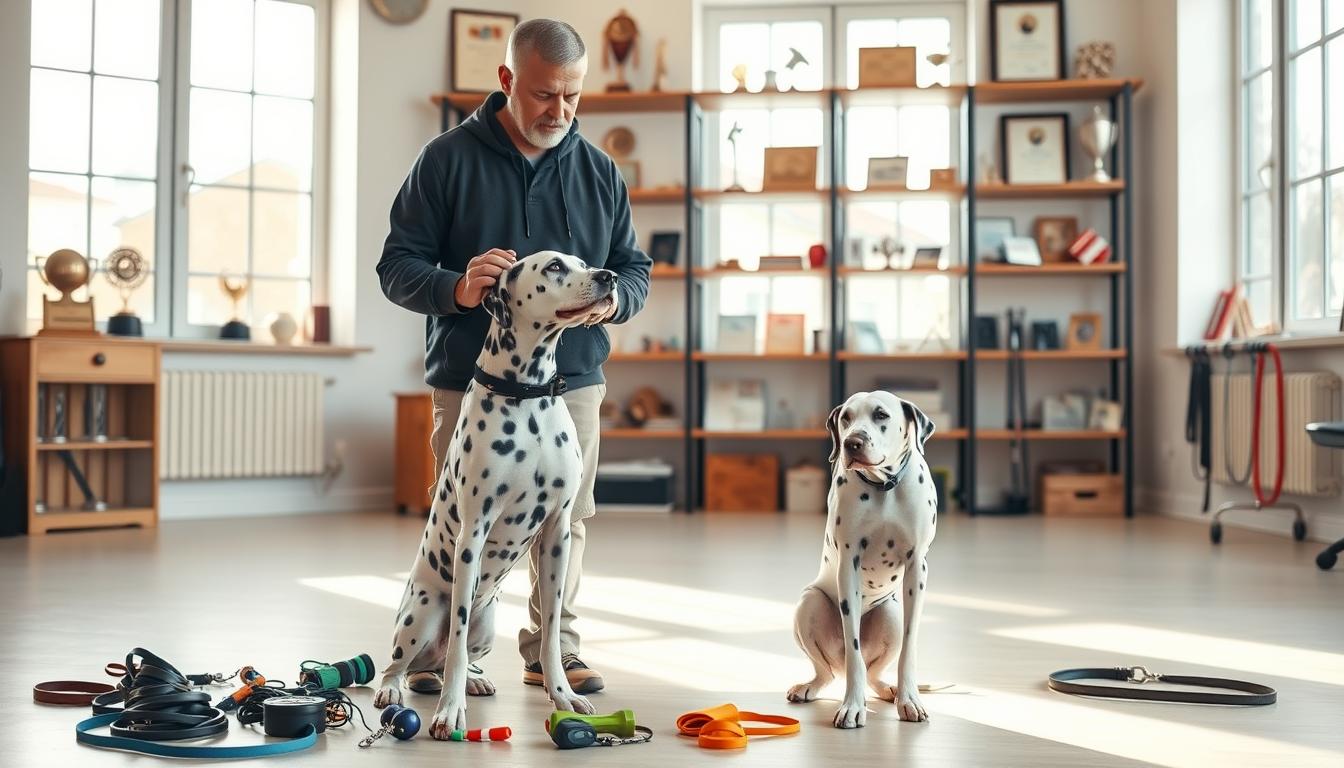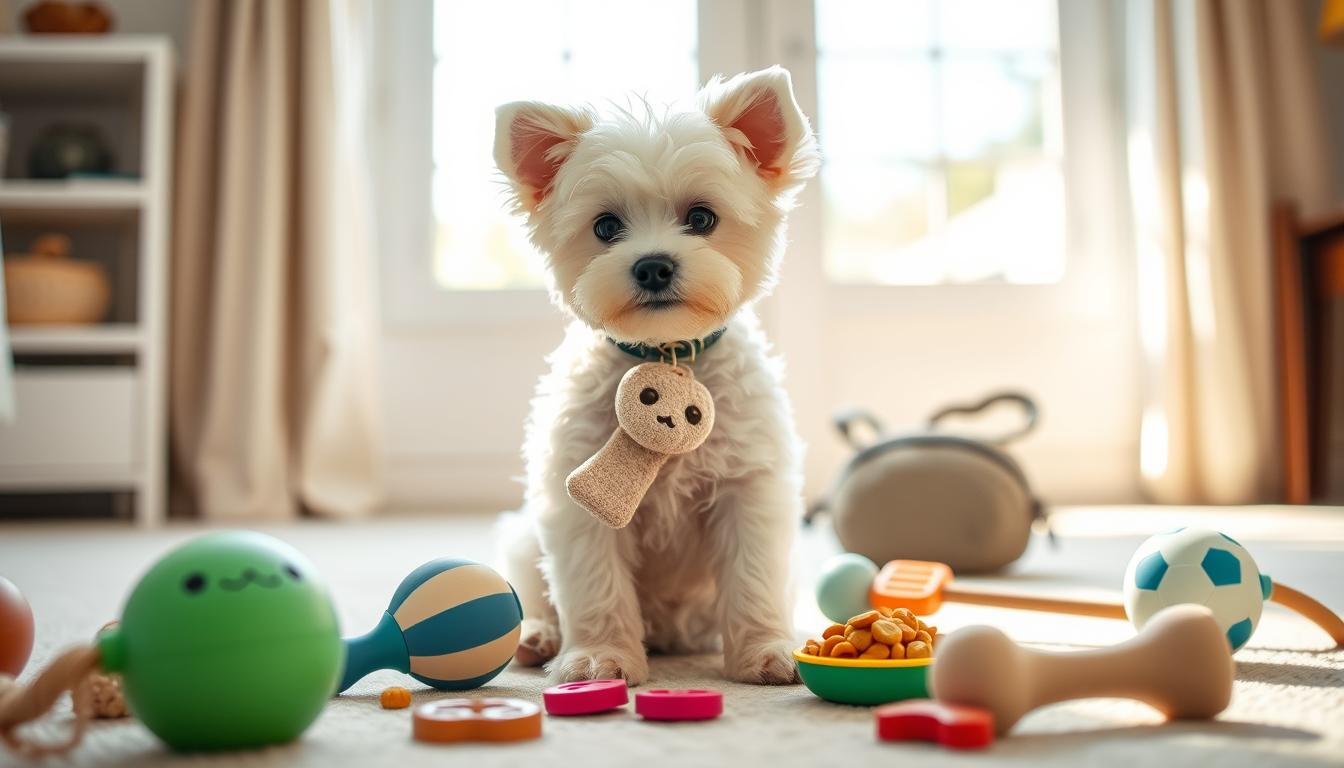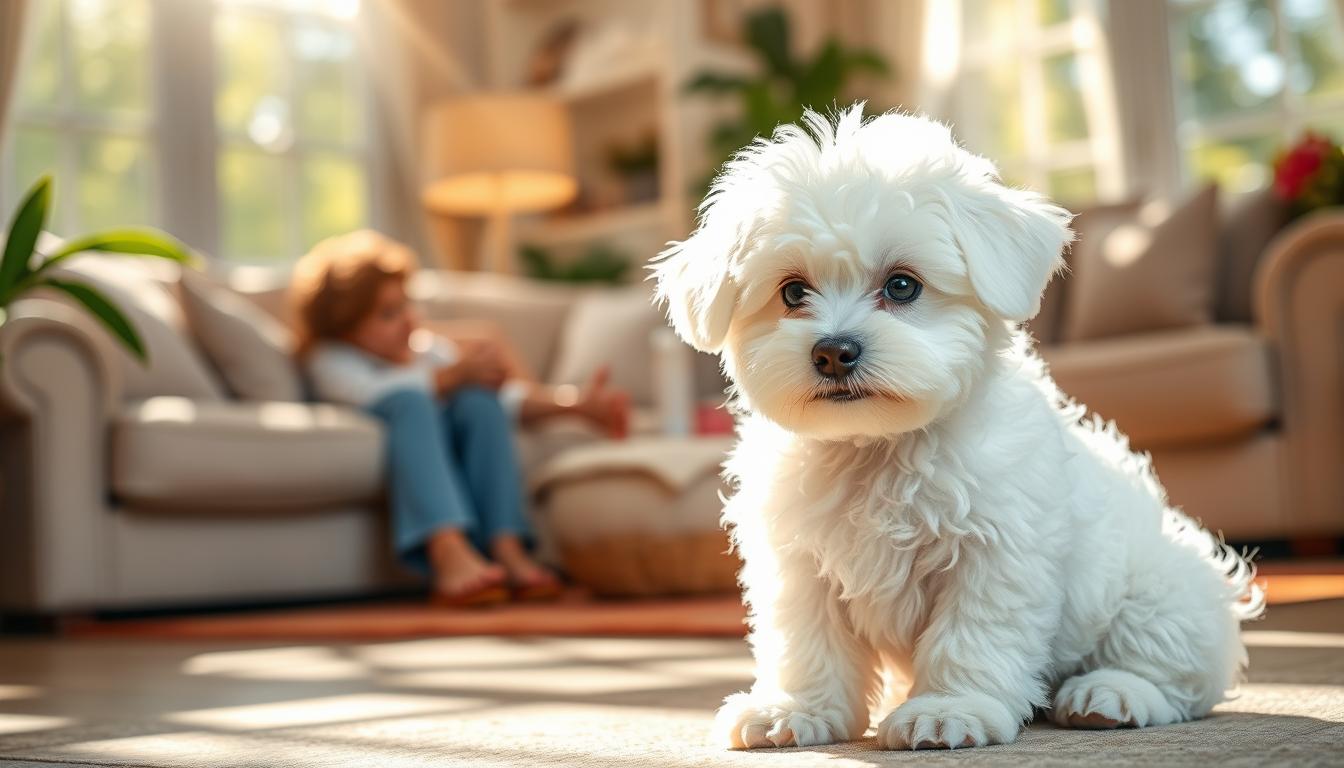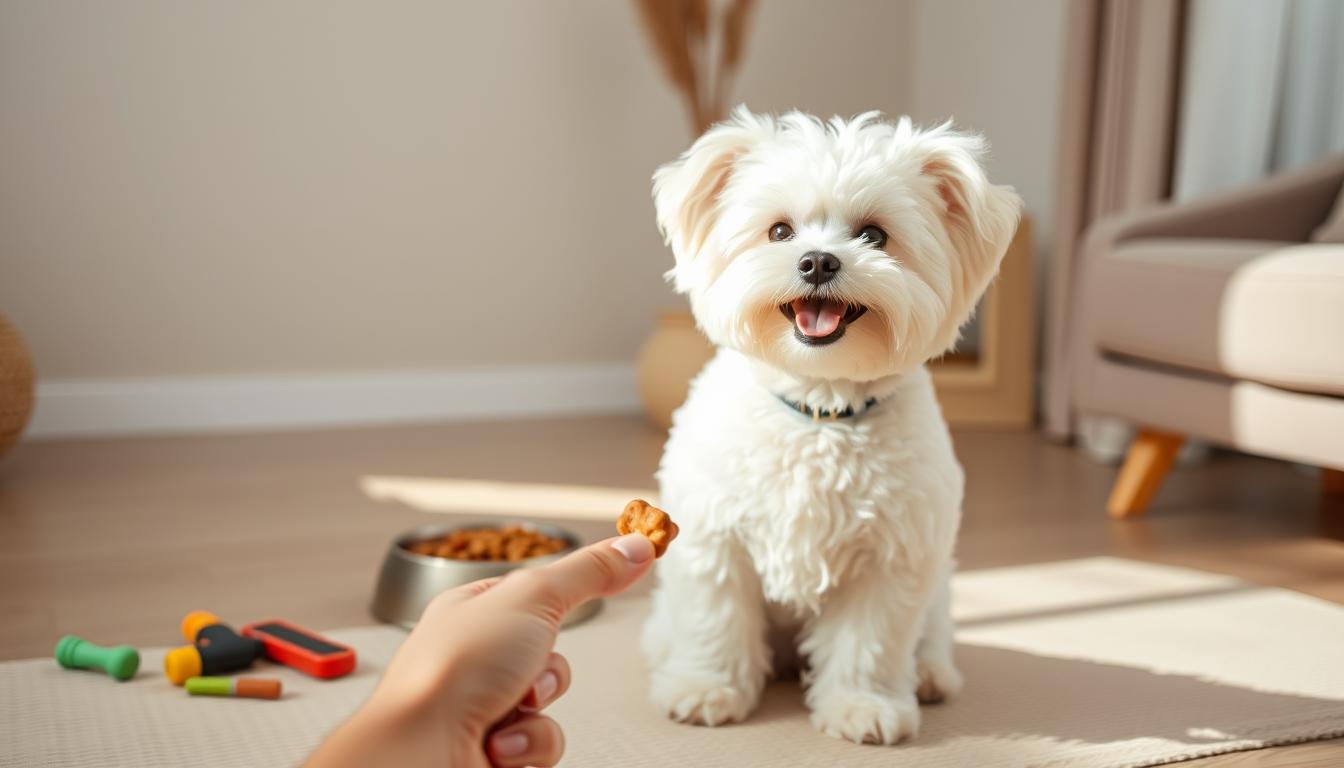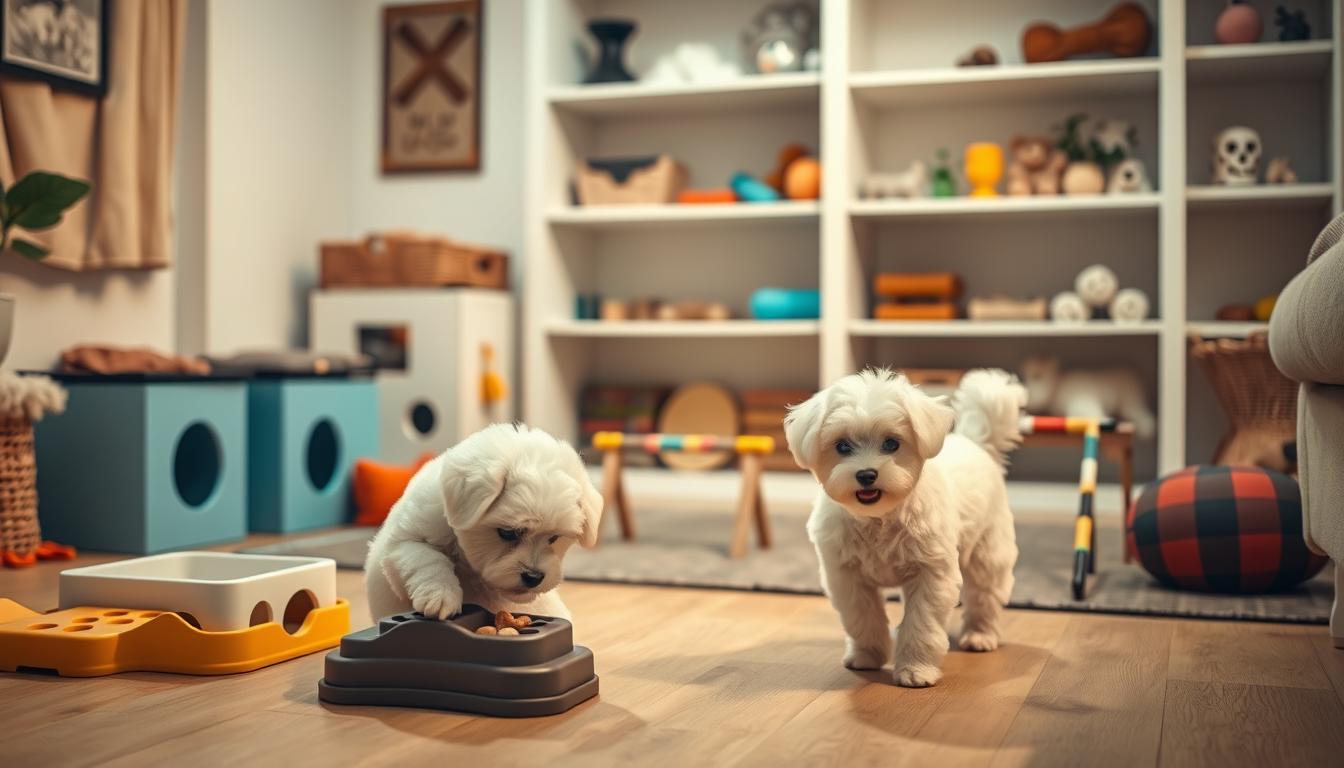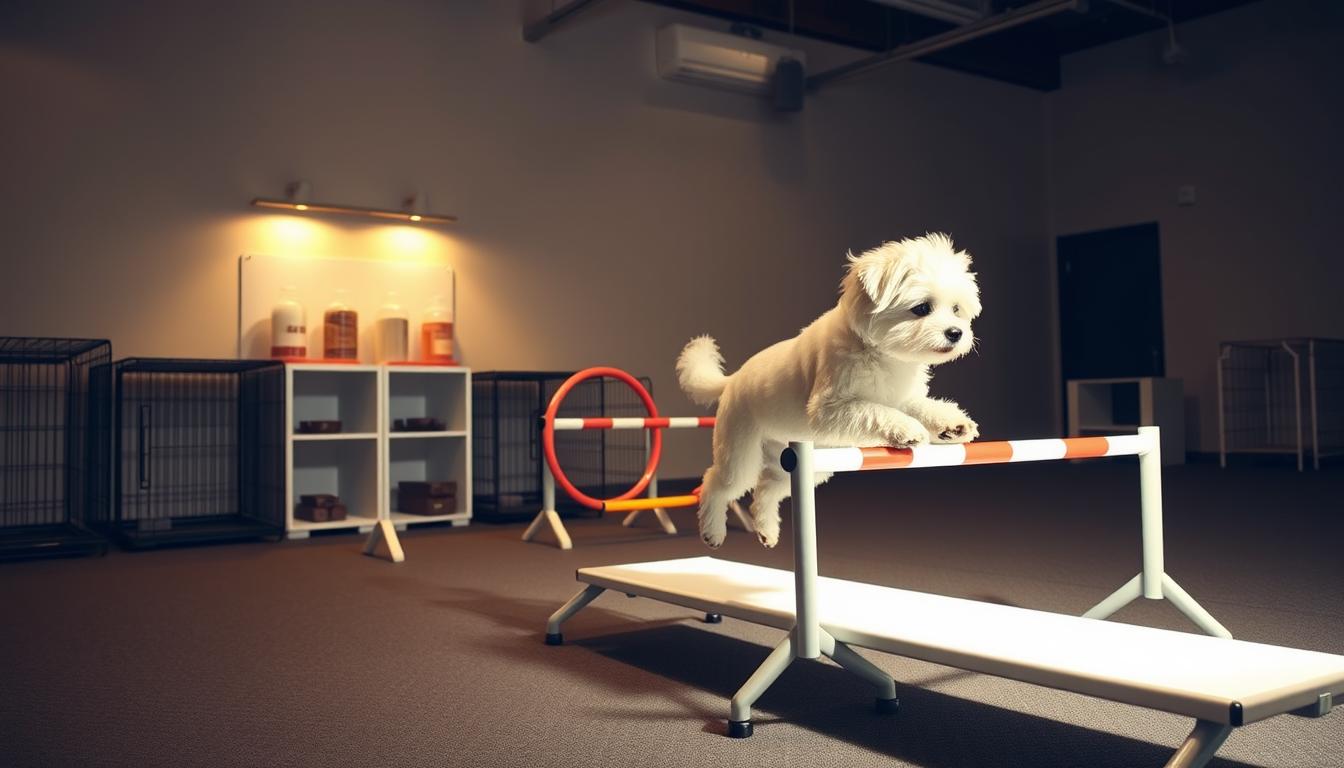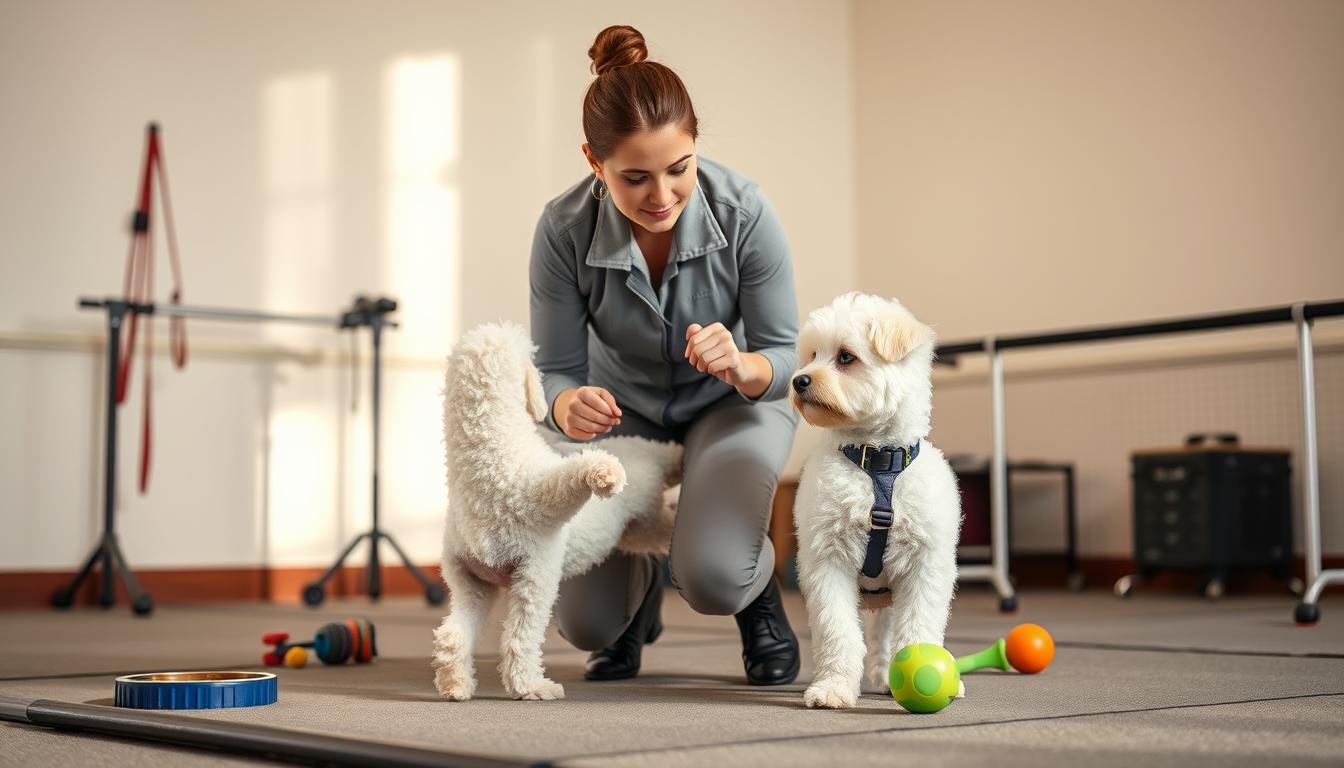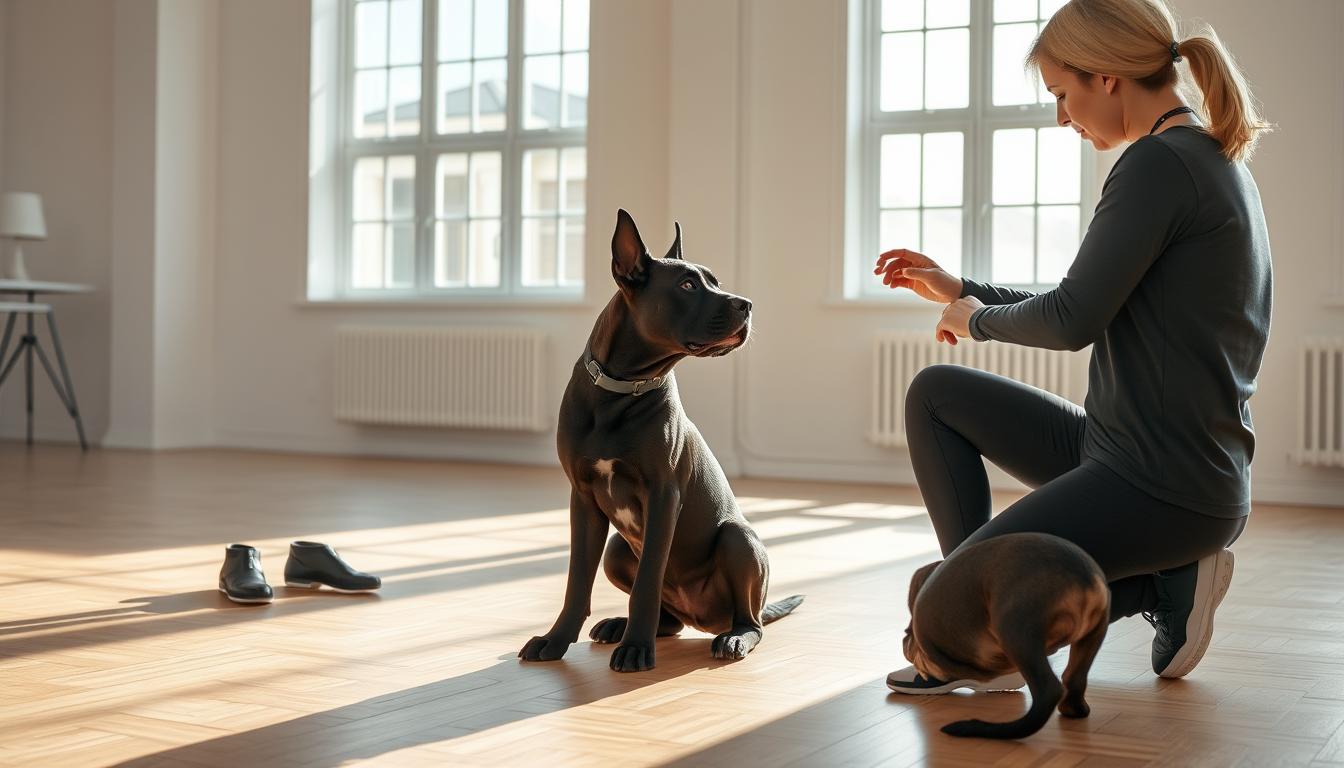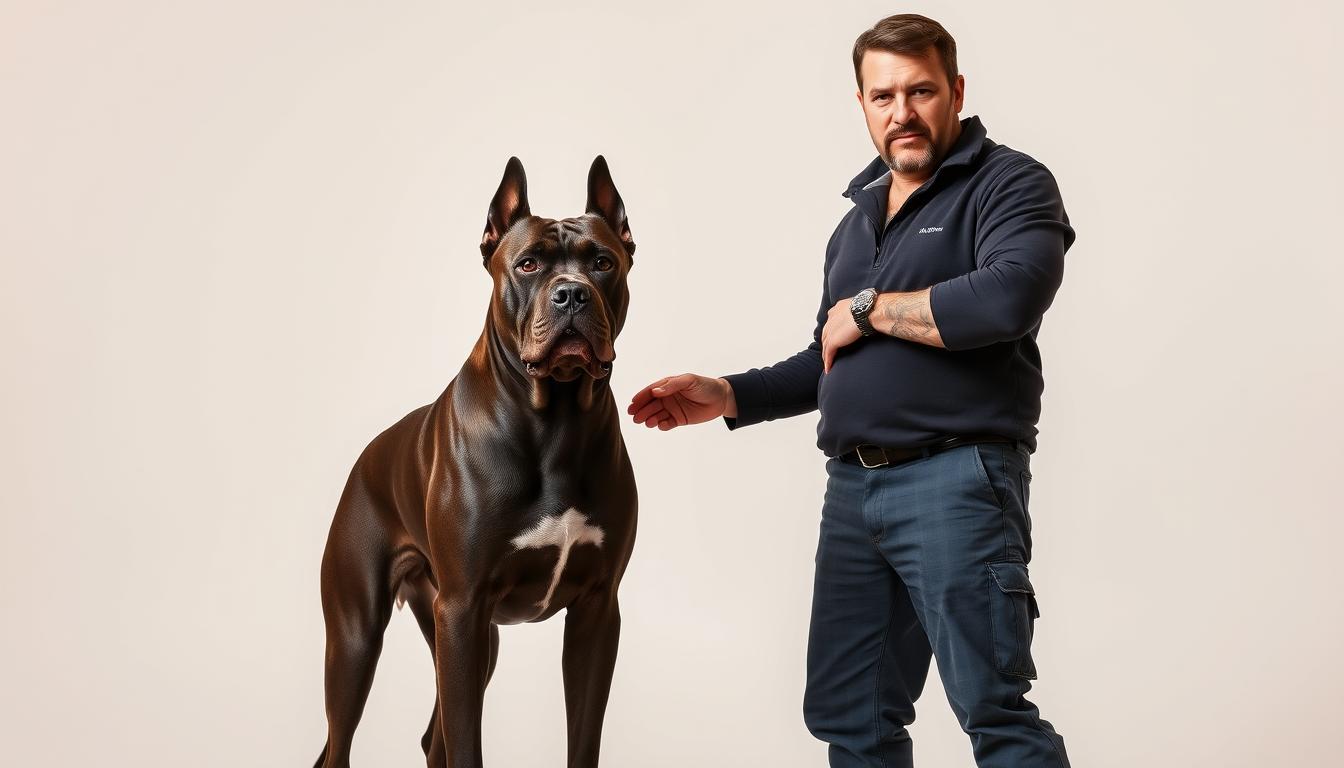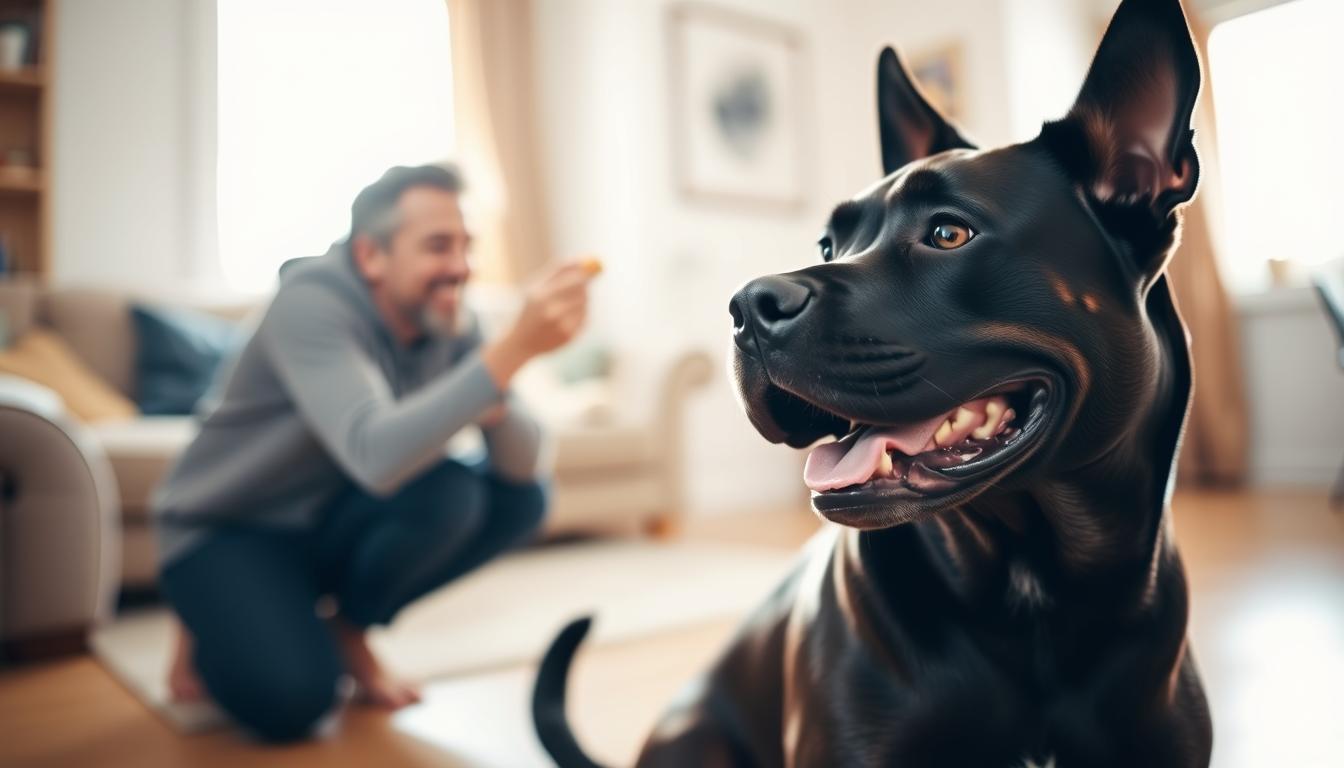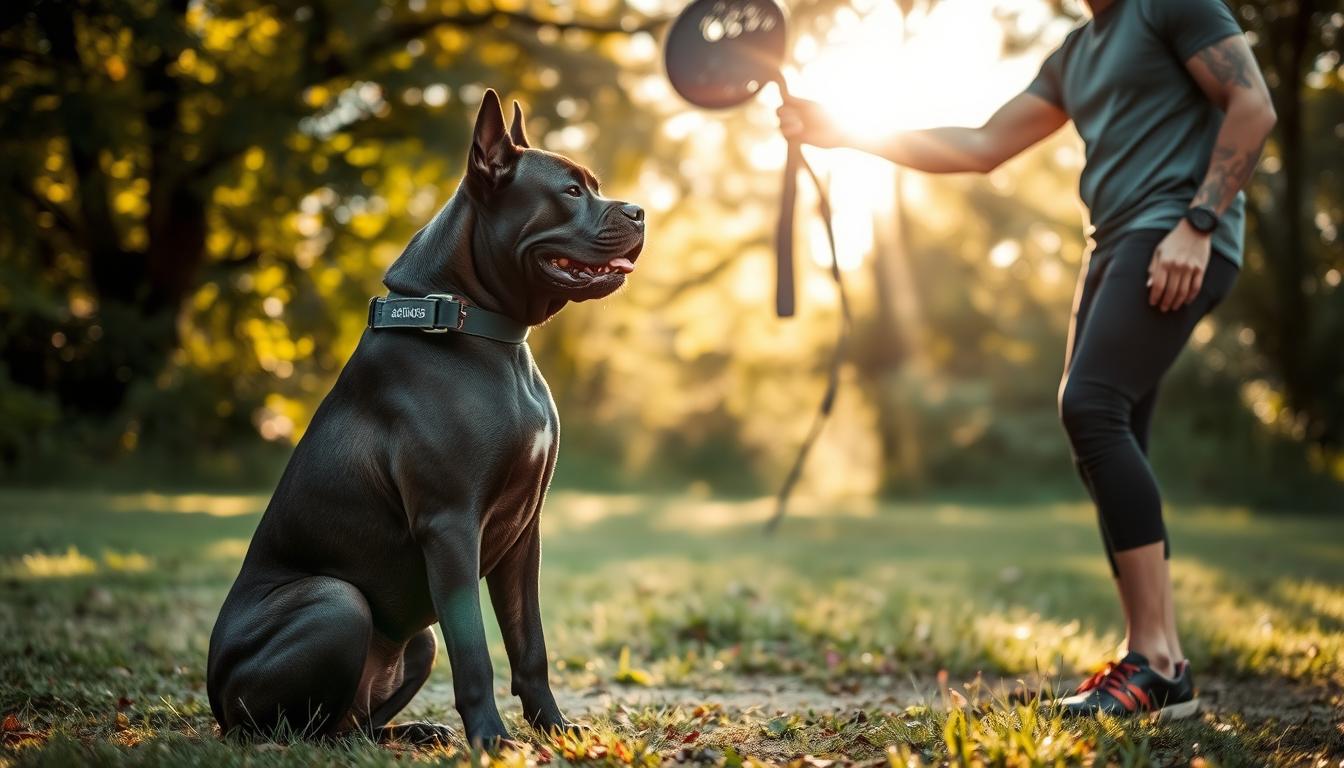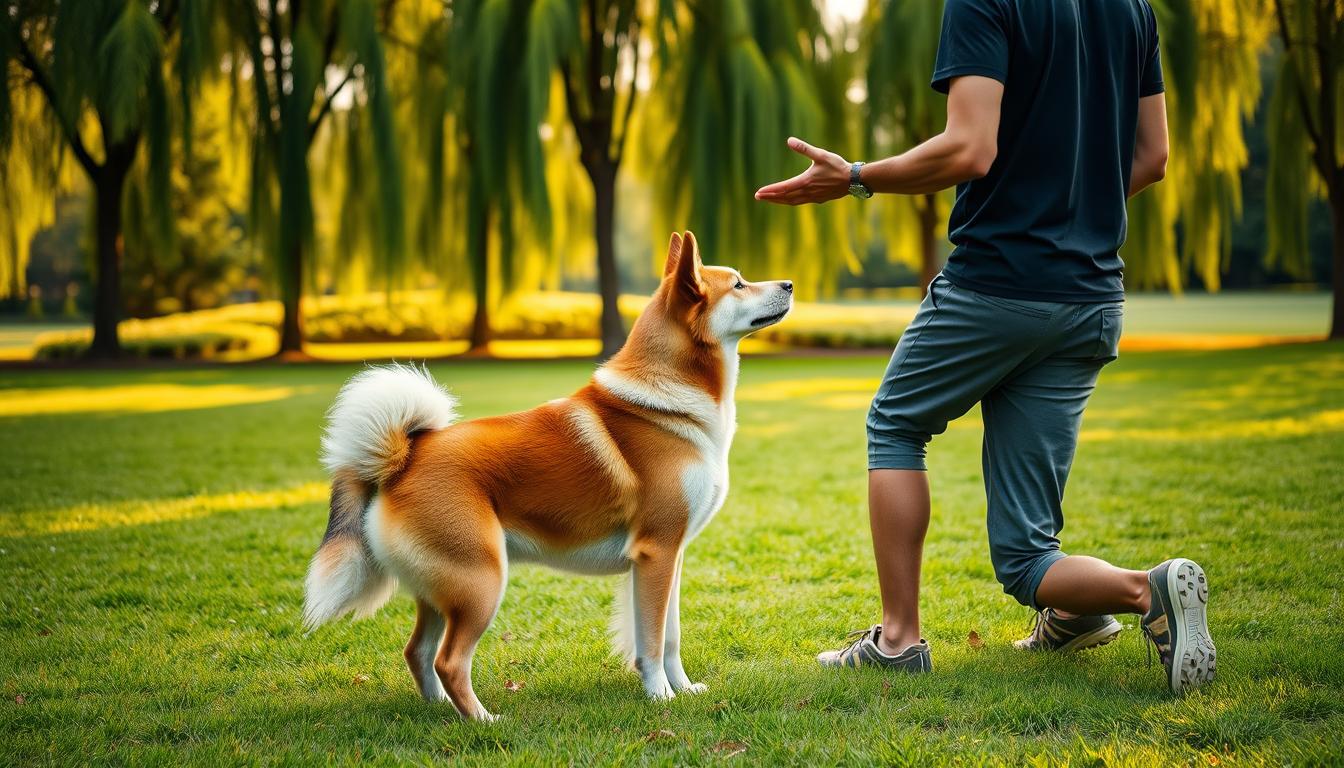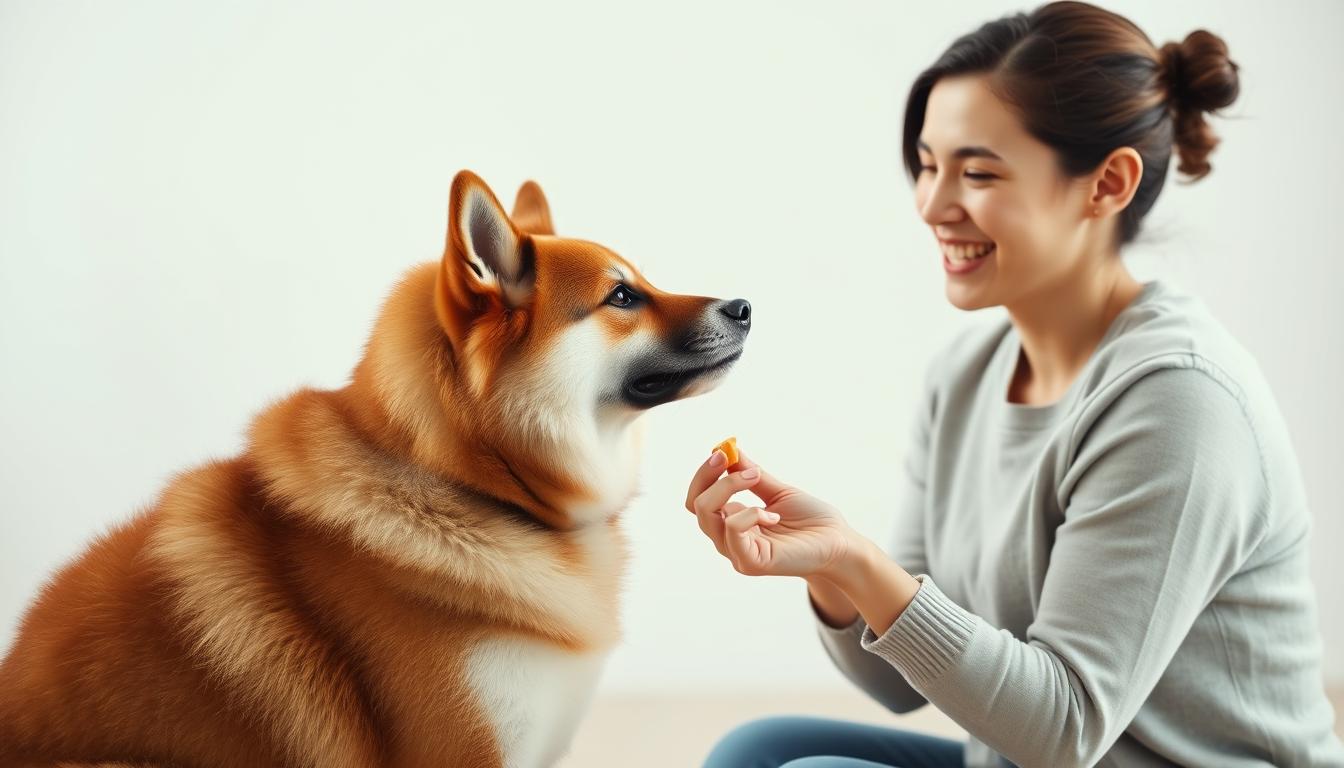Welcoming a lively, clever companion into your home? This guide to Dachshund training offers practical strategies to nurture good habits from the start. Small breeds with bold personalities thrive when given clear boundaries and engaging activities. Starting early lays the foundation for a calm, confident pet that adapts well to family life.

Understanding your pup’s natural instincts is crucial. Their curiosity and energy require tailored approaches that balance play with structure. Consistency and patience prove vital, especially during the first few months. This resource covers everything from basic commands to managing common challenges, ensuring you feel supported at every stage.
Irish-based professionals like Malcolm from activk9s in Clonmel emphasise the value of positive reinforcement. Simple tools—treat pouches, soft collars, and digging pits—turn lessons into enjoyable games. Whether you’re tackling lead manners or encouraging calm behaviour, our step-by-step methods prioritise kindness and clarity.
Key Takeaways
- Early socialisation shapes confident, well-mannered companions
- Positive reinforcement techniques yield faster, lasting results
- Breed-specific strategies address unique traits effectively
- Expert guidance helps overcome stubborn habits
- Consistency prevents confusion and builds trust
Understanding the Unique Needs of Your Dachshund
These small yet tenacious companions bring centuries of specialised breeding into modern homes. Their bold character requires tailored strategies that respect both their heritage and individuality.
https://www.youtube.com/watch?v=rQXZ7L3Ojxc&pp=ygUKI21pbmlkYXhpZQ%3D%3D
The Dachshund’s Distinct Personality
Often dubbed “spicy sausages”, these pets combine affection with fierce independence. Many owners notice their big-dog attitude in compact bodies – confident, curious, and occasionally stubborn. While loyalty shines through, expect strong opinions about routines or rules.
Personalities vary widely even within litters. Some prioritise playtime, while others guard toys or spaces intensely. Recognising these quirks early helps shape positive interactions in Dachshund puppy training.
Breeding History and Its Impact on Training
Originally bred to hunt badgers, their DNA still echoes with traits like tunnel-digging instincts and vocal alerts. This explains why many disobey commands when tracking scents or defending territories.
| Historical Role |
Inherited Trait |
Modern Challenge |
| Badger Hunting |
Tenacity |
Stubbornness |
| Tunnel Navigation |
Curiosity |
Digging Habits |
| Alerting Hunters |
Vocal Nature |
Excessive Barking |
Adjusting methods to accommodate these instincts prevents frustration. For example, redirect digging urges to sandpits instead of flower beds. Pair patience with consistency – their cleverness demands creative solutions.
Dachshund Dog Training Fundamentals
Effective puppy training guidance begins by addressing the specific needs of your lively pup. Between 8-9 weeks, structured socialisation sessions lay the groundwork for confidence. Introduce gentle exposure to varied sounds, surfaces, and friendly faces within your home environment first. This builds trust before venturing into busier settings.
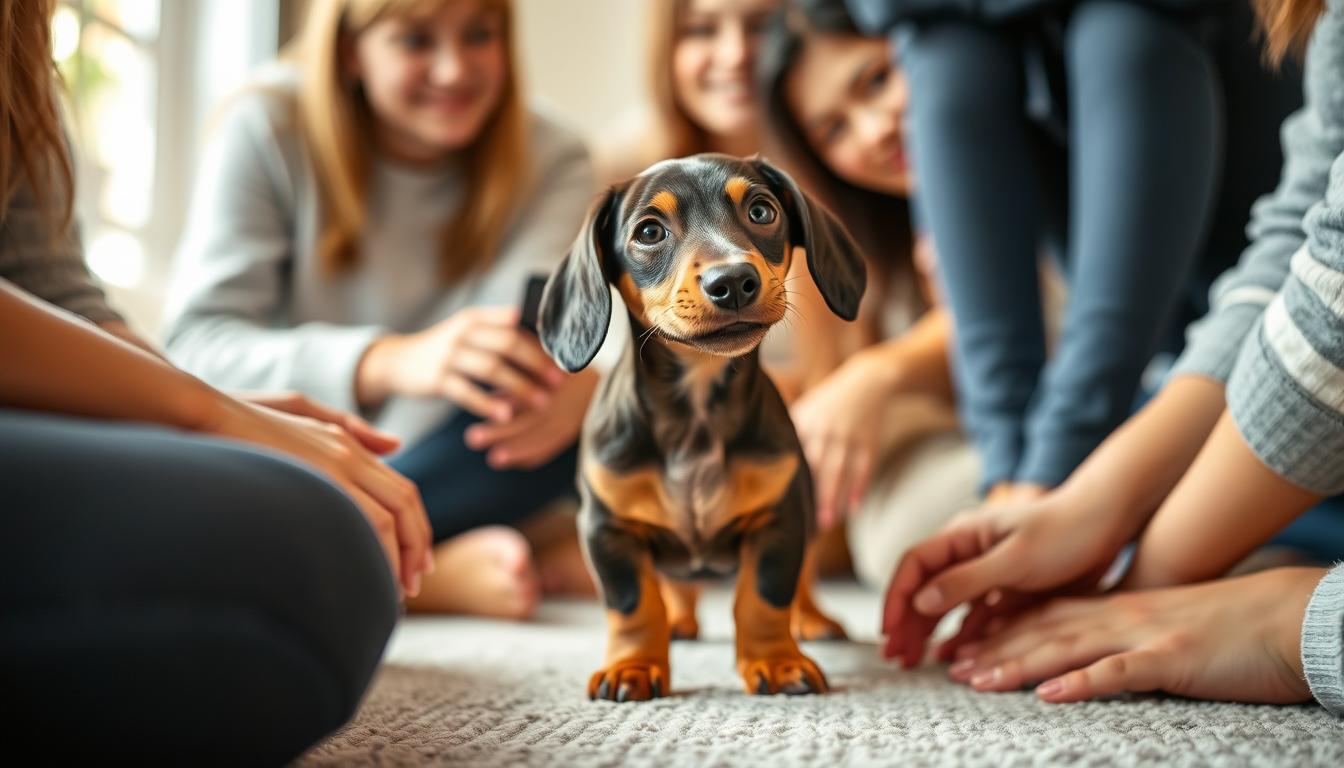
Importance of Early Socialisation
Consistent routines transform your house into a secure base for learning. Establish fixed meal times, play intervals, and quiet periods. Puppies thrive when they anticipate daily patterns – it reduces anxiety and prevents attention-seeking behaviours. Pair this with supervised playdates to nurture polite interactions.
Recognising Common Breed Challenges
Selective hearing often emerges during recall practice, especially outdoors. Redirect this trait using high-value treats and enthusiastic praise. Stubborn streaks may surface when introducing new rules – stay calm and avoid power struggles. Instead, break tasks into smaller steps and celebrate incremental progress in Dachshund puppy training.
In puppy training watch for subtle signals like flattened ears or lip-licking, which indicate discomfort. Adjust activities immediately to maintain positive associations. Remember, patience and repetition help mould desirable habits while preserving your companion’s spirited character.
Preparing Your Dachshund Puppy for Success
Setting your new companion up for lifelong success begins with thoughtful early care. Breeders like Deneice Van Hook recommend daily handling routines from 8 weeks – weigh-ins, paw inspections, and gentle grooming. These practices familiarise pups with essential care while monitoring development.
https://www.youtube.com/watch?v=VVhQeQTGwIQ
Handling and Health Checks
Incorporate brief health assessments into play sessions. Lift lips to check teeth, stroke ears, and trim nails weekly using rounded clippers. Record weight every 3 days – sudden changes may signal dietary issues. Reward calm behaviour with praise, turning exams into bonding moments rather than stressful chores.
Building a Trusting Relationship
Trust grows through predictable routines and positive interactions. Schedule 5-minute grooming sessions after meals when your pup feels relaxed. Use high-value treats during nail trims, stopping immediately if they show discomfort. Gradually increase handling time as confidence builds.
Watch for subtle signs like avoiding eye contact or stiffening during touch. Adjust your approach, offering reassurance through soft tones and patience. Consistent, gentle care establishes you as a safe presence – crucial for tackling future training challenges.
Research shows pups handled daily in their first month adapt 40% faster to vet visits. Pair health checks with play, creating positive associations that last into adulthood. Over time, these small efforts yield a confident, cooperative companion ready to learn.
Establishing a House and Crate Training Routine
Creating clear boundaries from day one helps your new companion understand household expectations. Breeders emphasise starting structured routines immediately – this prevents confusion and builds trust. Consistency matters most: feed, play, and toilet breaks should follow fixed times to help your pup feel secure.
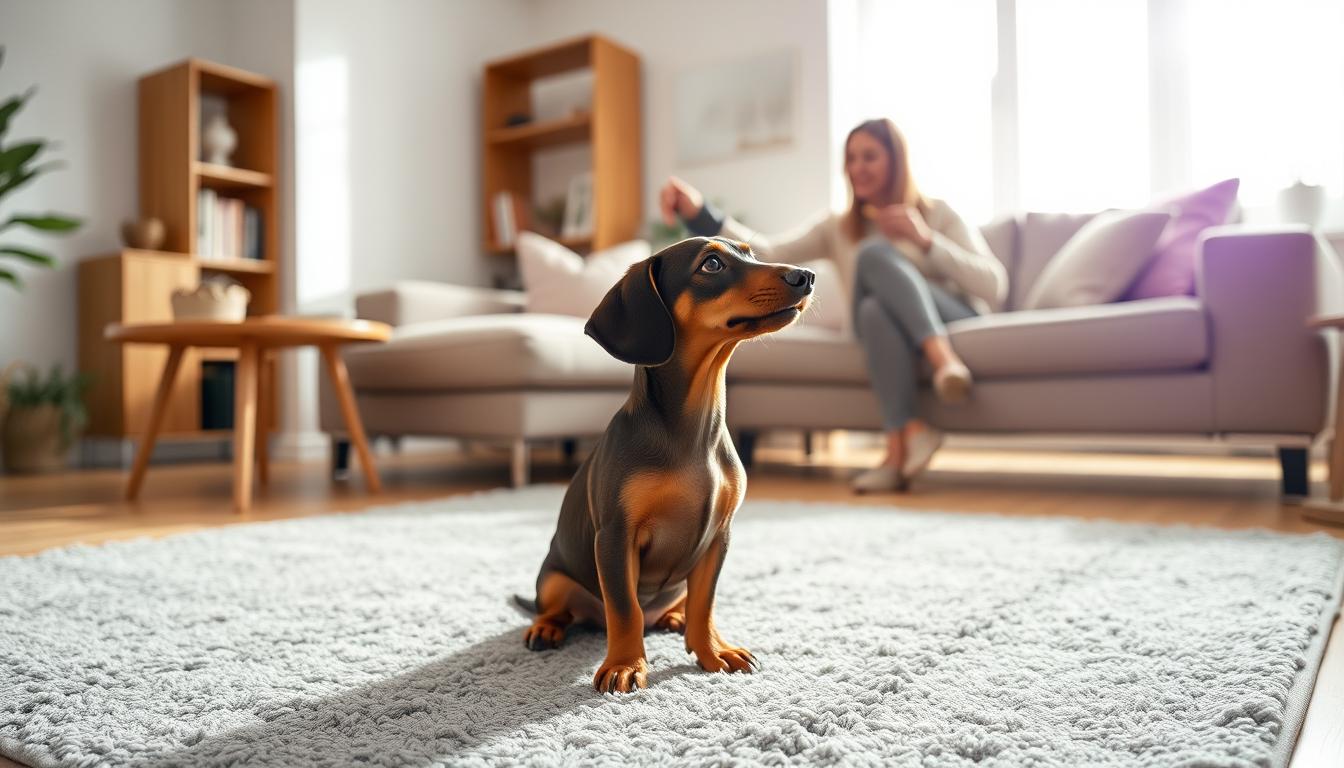
Designating a Consistent Potty Area
Choose one outdoor spot and always visit it after meals or naps. This teaches your dachshunds where to eliminate, reducing indoor accidents. Use a cue phrase like “toilet time” to create associations. Reward success with a small treat and cheerful praise – but avoid overfeeding.
Crate Training Best Practices
Introduce the crate as a cosy den, not punishment. Line it with soft blankets and familiar-smelling items. Start with short sessions while you’re present, gradually increasing alone time. Offer a chew toy or treat when they enter voluntarily.
Household members should follow the same rules – conflicting signals undermine progress. For night-time, place the crate near your bed initially. Limit water intake two hours before bedtime and prioritise a final toilet trip. With patience, your pup will view their crate as a safe retreat rather than confinement.
Setting Clear Training Goals for Your Weiner Dog
Crafting a roadmap for your companion’s development starts with precise objectives. Without defined targets, progress becomes guesswork. Studies show pups with structured weekly goals master commands 73% faster than those without – a game-changer for busy households.
Begin with foundational skills like recall during quiet times at home. By week 3, introduce “wait” commands near food bowls. This step-by-step way builds confidence while managing breed-specific stubbornness. Track each small thing achieved – a solid sit or calm greeting – as these cumulatively shape reliability.
Advanced targets emerge around month 2. Irish trainers recommend the “push/drop/stick” method: push new challenges when current skills stick, drop approaches causing stress. For example, if “down” succeeds indoors but fails outdoors, revert to garden practice before park attempts.
Reassess goals every 14 days. Did lead manners improve? Is digging redirected appropriately? Adjust your way forward based on these checkpoints. Celebrate milestones with high-value rewards – research indicates 92% of pets respond better to cheese than standard treats during pivotal times.
Remember, every tiny thing mastered strengthens your bond. Whether teaching “place” commands or curbing sofa jumps, methodical planning turns frustrations into triumphs. Consistent times for practice sessions (10am and 4pm work best) help maintain rhythm without overwhelming your clever companion.
Overcoming Common Behavioural Issues
Addressing unwanted habits starts with recognising natural tendencies while establishing clear boundaries. Many challenges stem from inherited instincts – understanding these helps create effective solutions that respect your pet’s character.
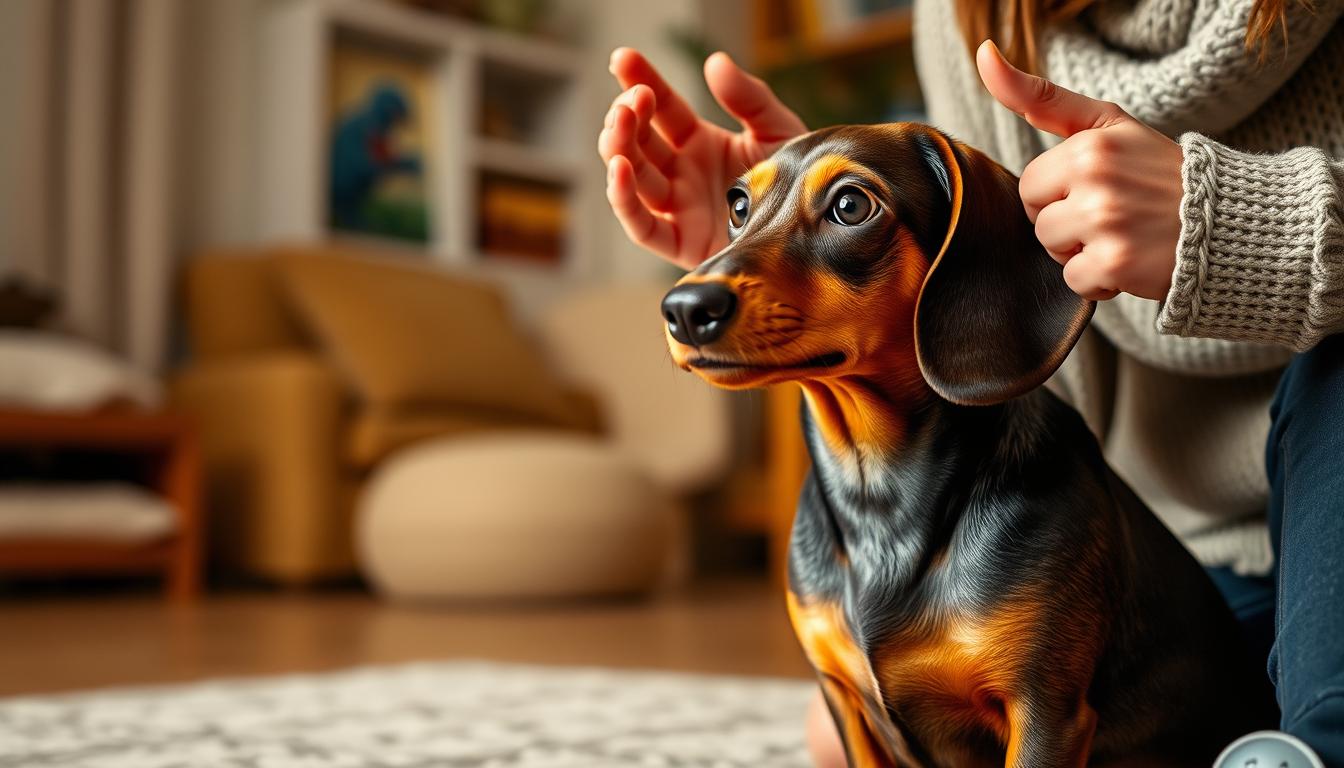
Stopping Excessive Barking
Watchdog heritage makes vocal alerts common, especially near the door or windows. To manage this:
- Teach a “quiet” cue using high-value treats when barking pauses
- Close curtains to reduce visual triggers during the day
- Redirect attention with puzzle toys when deliveries arrive
If barking persists, check for underlying causes like boredom. A 15-minute scent game session often reduces door-related alerts by 60%.
Redirecting Unwanted Digging
Create a designated digging area filled with sand and buried toys. Encourage use by:
- Leading your pet to the spot when digging urges surface
- Rewarding with praise each time they choose the right zone
- Covering favourite garden areas with chicken wire temporarily
Consistency throughout the day helps reinforce where excavation’s permitted. Most adapt within 3 weeks when alternatives feel rewarding.
Managing Reactivity on Walks
Start exposure therapy in quiet locations before progressing to busier routes. Carry soft treats to reward calm behaviour when encountering triggers. If lunging occurs:
- Increase distance from the stimulus immediately
- Ask for a “sit” and treat upon compliance
- Gradually decrease space between triggers over multiple days
Day-long consistency matters – even 5-minute practice sessions build resilience. Pair these methods with sufficient exercise to prevent pent-up energy exacerbating reactions.
Positive Reinforcement Techniques and Patience
Rewarding good behaviour forms the cornerstone of effective guidance. This approach builds trust while encouraging your companion to repeat desired actions. By prioritising encouragement over correction, you create a joyful learning environment that respects their spirited nature.
Smart Reward Strategies
Treats work best when paired with clear verbal cues like “yes!” or a clicker sound. Start by offering snacks immediately after correct responses, then gradually replace 50% with praise or play. For example, reward quiet moments during doorbell rings with affection instead of food. This prevents over-reliance while maintaining enthusiasm.
Building Reliability Through Repetition
Consistency turns occasional successes into habits. Use identical commands and tones across all household members – mixed signals confuse clever pets. Schedule two 10-minute sessions daily, focusing on one skill at a time. Track progress in a journal to spot patterns and adjust methods.
Irish trainers highlight the “3:1 rule” – three positive interactions for every correction. If your companion ignores a recall, calmly guide them back rather than scolding. Over weeks, this patience cultivates willingness to cooperate even in distracting settings.
Attention to subtle improvements matters most. Notice when they sit faster or bark less? Shower praise instantly. These moments, celebrated consistently, forge lasting obedience rooted in mutual respect rather than fear.
Integrating Advanced Training Skills
Building on foundational commands opens doors to dynamic challenges that strengthen your bond. Advanced exercises nurture focus while channelling natural curiosity into purposeful activities. These methods transform routine practice into stimulating adventures for both of you.
Enhancing Recall and Obedience
Reliable responses in busy environments require gradual exposure. Start recall practice in quiet gardens before progressing to parks with mild distractions. Use a two-tone whistle – one sharp blast for attention, followed by a cheerful command. Reward compliance instantly with high-value treats like diced chicken.
Introduce distraction layers systematically. First, practise near a bouncing ball, then with another calm pet nearby. Increase difficulty only when previous stages succeed consistently. This builds resilience against sudden movements or unfamiliar scents.
Introducing Agility and Socialisation Exercises
Agility courses offer mental and physical stimulation while reinforcing obedience. Begin with simple hurdles and tunnels in your garden. Pair each completed obstacle with praise, phasing out food rewards as confidence grows. Socialisation elements emerge naturally when inviting a friend’s well-mannered pet to join sessions.
Follow these guidelines for balanced progress:
- Alternate agility days with recall drills to prevent boredom
- Use treats sparingly – reward only breakthrough moments
- Incorporate novel things like scent trails or puzzle feeders weekly
Advanced skills flourish when sessions feel like play rather than work. Observe your companion’s enthusiasm levels – tiredness signals time to switch activities. With patience, these shared challenges create a responsive, adaptable partner ready for any adventure.
Expert Advice from Malcolm at activk9s
Ever wondered how local environments shape training success? Malcolm, lead trainer at Clonmel’s activk9s, combines 23 years’ experience with academic rigour to address breed-specific quirks. His Level 5 Diploma in Canine Behaviour and Kennel Club accreditation inform tailored strategies for spirited companions.
Local Training Insights from County Tipperary
Clonmel’s rural setting presents unique opportunities. Malcolm advises using farm smells during recall practice – livestock scents help pups focus amidst distractions. Many local owners report 80% faster lead manners progress when incorporating these scent-rich exercises into daily walks.
Practical Solutions for Irish Households
Effective crate routines begin with positioning. Malcolm suggests placing the den near family activity hubs initially, then gradually moving it to quieter areas. “Pair the space with chew toys only used there,” he notes. “This builds positive associations without over-reliance on treats.”
For managing everyday life, structured play sessions prove vital. Schedule 7-minute training bursts before meals when energy levels support learning. Commands like “leave it” gain meaning faster when practised near tempting items like wellington boots or hearth rugs.
Need personalised support? Contact Malcolm directly via mobile at 089-4120124. His team offers bespoke programmes addressing everything from puppy socialisation to adult habit modification – because every clever companion deserves expert guidance.
Tailoring Training to Fit Your Home and Lifestyle
Does your clever companion ignore cues when distractions arise? Every household presents unique challenges – from open-plan layouts to bustling streets. Customising your approach ensures lessons stick, whether you’re in a cosy flat or countryside cottage.
Mastering Environmental Focus
Start by identifying high-traffic zones. If your pet fixates on the door, practise “settle” commands three metres away initially. Gradually reduce distance over days, rewarding calm behaviour with their favourite toy. For floor-level distractions like dropped food, use a “leave it” cue paired with treat exchanges.
Urban dwellers might prioritise lift manners or staircase steps. Rural homes often require focus around livestock scents. Observe where their eye lingers during walks – this reveals which stimuli need gradual exposure.
Follow this step-by-step approach:
- Train in quiet rooms first, using floor mats to mark practice areas
- Introduce mild distractions (e.g., low-volume TV)
- Progress to busier spaces like hallways or gardens
- Reward attention despite nearby movement
Watch for subtle signs: averted gazes signal overwhelm, while perked ears show engagement. Adjust difficulty based on these cues – sometimes taking a step back accelerates progress.
Small tweaks make big differences. Place tempting items like shoes on higher shelves during early lessons. Use baby gates to limit floor space temporarily, creating controlled practice zones. With patience, your companion learns to focus amidst life’s delightful chaos.
Maintaining Progress with Consistent Practice
How do you ensure progress continues once initial goals are met? Regular reinforcement turns fleeting successes into lifelong habits. Studies show pets retain 89% of learned behaviours when owners prioritise structured follow-ups.
Tracking Milestones and Adjusting Techniques
Consistency remains the key factor in lasting results. Create a simple chart to log weekly achievements, noting response times or distraction thresholds. This visual aid highlights patterns – perhaps recall falters in busy park environments but thrives at home.
Try these methods for measurable progress:
- Schedule plenty of 5-minute refresher sessions daily
- Test skills in varied locations like quiet lanes before bustling parks
- Film practice sessions to spot subtle body language cues
| Milestone |
Tracking Method |
Adjustment |
| Recall Reliability |
Timed response in park settings |
Increase distance gradually |
| Lead Manners |
Count of pulls per walk |
Change harness type |
| Distraction Response |
Success rate with moving stimuli |
Introduce scent games |
Refresh routines every 6-8 weeks as your companion matures. Puppies mastering garden recall might need park practice with wildlife scents. Older pets often benefit from mental challenges replacing physical drills.
Reflect monthly on what works best. Did cheese rewards lose effectiveness? Does the local park’s duck pond sabotage focus? Adapt your approach while keeping core principles intact. With patience and key adjustments, progress becomes permanent.
Conclusion
Building a strong bond with your spirited companion begins with understanding their unique needs. Early socialisation, consistent routines, and tailored strategies create a confident body and mind ready to learn. By respecting their instincts while setting clear boundaries, you foster trust that lasts through every life stage.
Structured practice sessions prove most effective when addressing everyday challenges. Keep high-value rewards handy for managing distractions during walks or household activities. Simple adjustments – like designating a quiet room for focused drills – help maintain progress without overwhelming either of you.
Remember, patience remains your greatest tool. Celebrate small wins, whether mastering recall near livestock scents or resisting the urge to dig. Irish experts like Malcolm emphasise blending professional tips with your pet’s personality for lasting results.
Ready to transform challenges into triumphs? Start implementing these methods today. For persistent issues, don’t hesitate to seek tailored guidance – a happy partnership grows from shared effort and expert support.
FAQ
How do I stop my puppy from barking excessively?
Redirect their focus using treats or toys when barking begins. Consistency and patience are key—reward quiet behaviour immediately to reinforce calmness. Avoid shouting, as this can escalate the issue.
What’s the best way to crate train a young dachshund?
Introduce the crate gradually, pairing it with positive experiences like meals or quiet time. Keep sessions short initially and avoid using it for punishment. Plenty of praise helps build a safe association.
Why does my pet dig holes in the garden?
This instinct stems from their breeding history. Provide a designated digging area filled with loose soil or sand. Redirect them to this spot with encouragement and rewards to satisfy the urge constructively.
How can I improve recall during walks?
Practise in low-distraction environments first, using high-value treats. Gradually increase challenges as they progress. A long lead offers control while building trust. Celebrate successes enthusiastically to reinforce obedience.
What if my dachshund resists house training?
Stick to a strict routine for feeding and bathroom breaks. Monitor body language closely for signs they need to go. Accidents require calm redirection—never scolding. Patience and repetition yield results over time.
Can I train agility skills at home?
Yes! Use cushions for mini jumps or tunnels made from cardboard boxes. Keep sessions brief and fun, pairing obstacles with rewards. This builds confidence and strengthens your bond through play.
How do I manage reactivity around other animals?
Start exposure at a distance where your pup remains calm. Use treats to create positive associations, slowly decreasing space as tolerance improves. Consult professionals like Malcolm at activk9s (089-4120124) for tailored support in Clonmel.
Are health checks important during training?
Absolutely. Regular vet visits ensure issues like joint discomfort aren’t affecting behaviour. Handle paws and ears gently during daily routines to foster trust and ease future examinations.
Source Links










